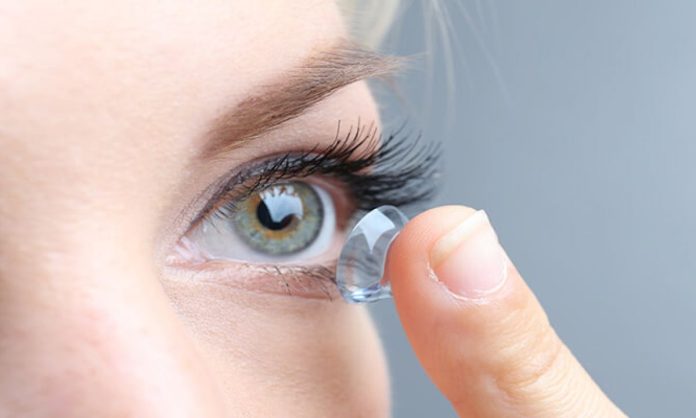A new study suggests that people who wear contact lenses may be more prone to eye infections than people who do not wear them because of changes in the bacterial populations in their eyes. Presented at the annual meeting of the American Society for Microbiology in New Orleans, the study found that the types of bacteria in the eyes of contact-lens wearers more closely resembled those found on eyelid skin than in the eyes of those who do not wear contacts.
“Our research clearly shows that putting a foreign object, such as a contact lens, on the eye is not a neutral act,” senior study investigator Maria Gloria Dominguez-Bello, PhD, a microbiologist at the New York University (NYU) Langone Medical Center, said in a Langone news release.
For the study, Dominguez-Bello and her colleagues took swabs of different parts of the eye and the skin directly beneath the eye from nine contact-lens wearers and 11 non-contacts wearers. Comparing the microbiomes – the combined genetic material of the microbial ecosystem in the eye – of the two groups, the researchers found three times the usual proportions of certain bacteria on the eye surfaces of contact users than on the surfaces of non-contact users.
Using genetic analysis to determine the specific bacteria present on the swabs and contact lenses, the research team concluded that the bacterial communities of contact-lens wearers was closer in composition to the microbiome of their skin than the eye microbiome of non- lens wearers.
According to study co-investigator Jack Dodick, MD, chair of ophthalmology at NYU Langone Medical Center, the prevalence of corneal ulcers has been on the rise since the introduction of soft contact lenses in the 1970s. “The study suggests that because the offending organisms seem to emanate from the skin, greater attention should be directed to eyelid and hand hygiene to decrease the incidence of this serious occurrence,” said Dodick in the news release.
The study team’s next step is to investigate whether changes in the eye microbiome of contact-lens wearers are caused by fingers touching the eye or by the lens’ direct pressure affecting and altering the immune system in the eye. They also hope to determine which bacteria are suppressed or allowed to thrive.
“These findings should help scientists better understand the longstanding problem of why contact-lens wearers are more prone to eye infections than non-lens wearers,” said Dominguez-Bello. Such an understanding, she added, should point to better means of preventing infections.















